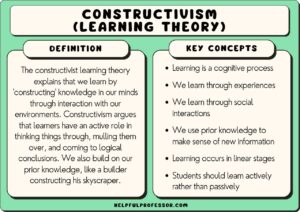This paper was my first foray into the realm of methodology as an integral part of research. Coming from a history background, I had always taken a macro, distant perspective surrounding mixed-methods research. Like many other students completing Arts-based undergraduate degrees, I was able to make effective, albeit one-sided arguments based off of pre-existing source material, but had never conducted my own independent research myself.
 When investigating different research methodologies, I immediately felt deep connection with the integral components of qualitative research, but have grown to understand that the statistical data in a quantitative lens has significant value as well. As I’ve stated previously, viewing the world around me with a Social Constructivist lens has facilitated my passion for human elements of story, including narrative inquiry and in-depth personal interviews.
When investigating different research methodologies, I immediately felt deep connection with the integral components of qualitative research, but have grown to understand that the statistical data in a quantitative lens has significant value as well. As I’ve stated previously, viewing the world around me with a Social Constructivist lens has facilitated my passion for human elements of story, including narrative inquiry and in-depth personal interviews.
This paper forced me to acknowledge the challenges and potential obstacles that may come with working with vulnerable populations, including young children. As such, it also made me question the long-term ramifications of researching populations that you work with in a professional context as well; in other words, do the benefits and information that may be gleaned from activities like interviews and questionnaires outweigh the potential changes in relationship with prospective research candidates.
Ultimately, I believe this would be case dependent on the type of research, as well as the pre-existing connection with participants, but I believe these are potential factors that would need to be considered before conducting any research, including Qualitative, Mixed-Methods or otherwise.
